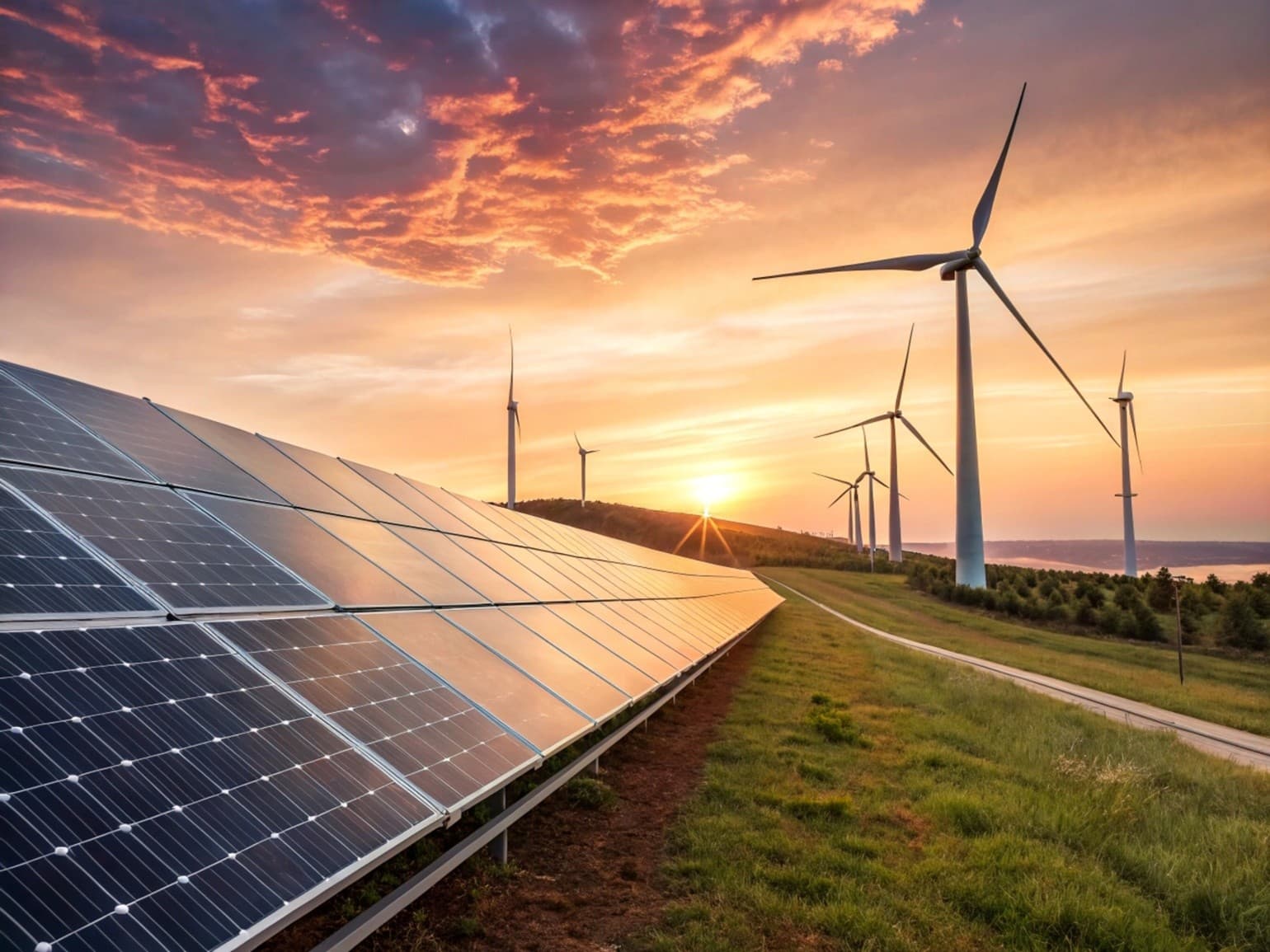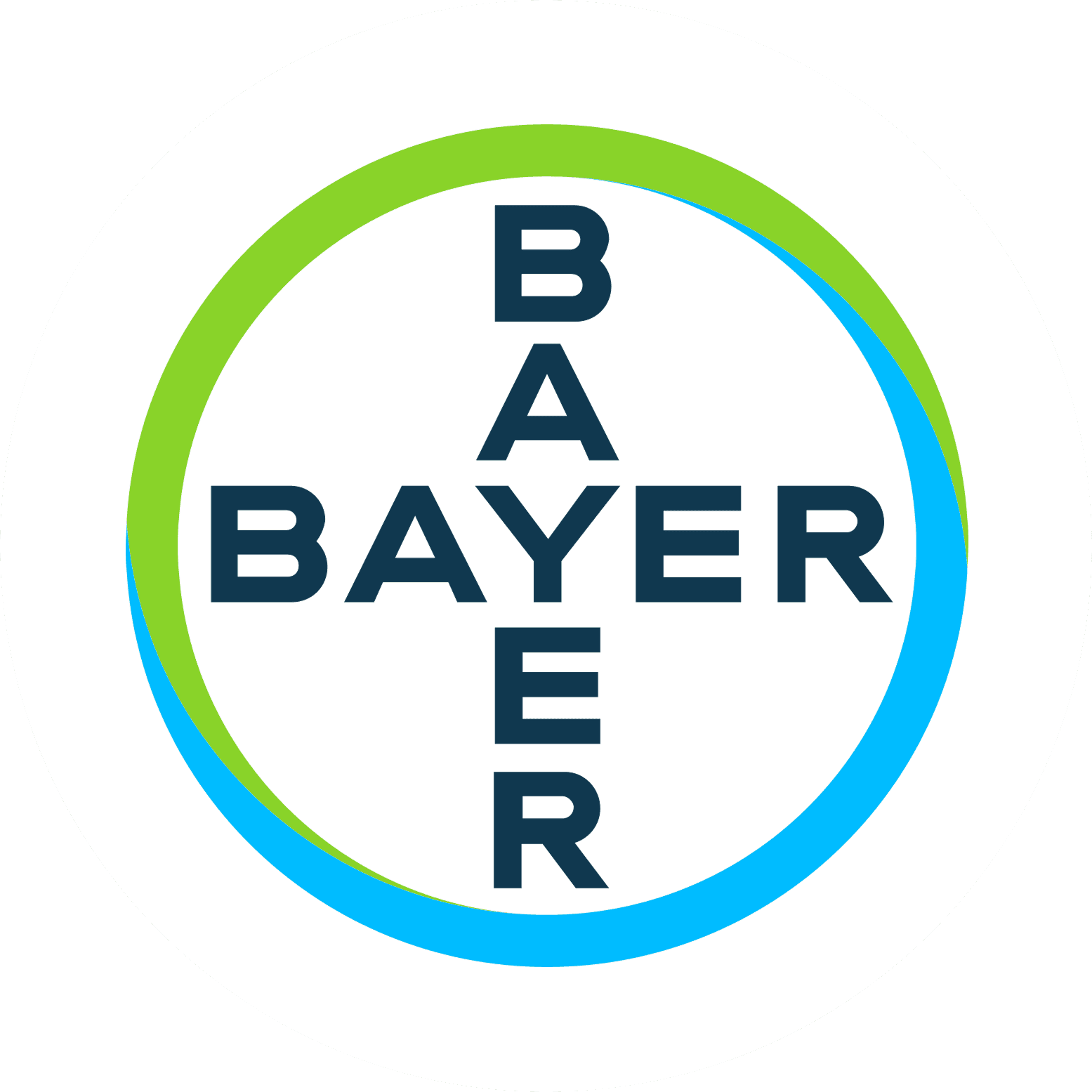
Shift to Renewables: From 0 to 96% in 3 years
 Sai
Sai Bayer
BayerSummary
Adopted a hybrid solar-wind power model at its manufacturing site under long-term captive PPA, marking a shift from 0 – 96% in 3 years, cutting Scope 2 emissions.
Context
This case study is part of decarbonization best practices shared with Bayer’s procurement Igniting Networks Award 2025. Discover more about the Igniting Networks program here.
Sai Life Sciences is a contract research, development & manufacturing organization (CRDMO) that supports global innovator companies with services along the drug discovery, development and commercialization journey. The company’s flagship manufacturing site supplies large volumes of intermediates and Active Pharmaceutical Ingredients (APIs) to various highly regulated markets including USA, UK, EU and Japan. The processes and scale of manufacturing involved are inherently energy-intensive, leading to high electricity consumption and associated Scope 2 emissions. The company identified its dependence on fossil-based grid power as a key barrier to achieving its Science-Based Targets initiative (SBTi) commitments and long-term net-zero goals. In FY23, Sai Life Sciences launched a renewable energy transition strategy focused on reducing Scope 2 emissions through a hybrid solar and wind group captive model. The initiative was designed to pilot a decarbonization pathway at its flagship manufacturing site, optimizing cost efficiency, risk resilience, and scalability across other operations. The initiative is at the company’s manufacturing site located in Bidar, Karnataka, India.
Figure 1: Sai Life Sciences’ Manufacturing Facility located in Bidar, India

Solution
To address its reliance on fossil-based grid power, Sai Life Sciences implemented a hybrid renewable energy model combining 70% solar and 30% wind capacity through a ten-year group captive Power Purchase Agreement (PPA). The remaining 30% of the site’s energy demand was secured through short-term and spot renewable contracts to ensure continuous supply. This approach enabled cost stability, long-term energy security, and alignment with Sai’s SBTi targets. The implementation process involved risk modelling, hybrid procurement design, and the establishment of cross-functional governance integrating sustainability, engineering, and finance teams. Scenario forecasting tools were used to balance climate objectives with financial planning.
Sai Life Sciences has also invested in International Renewable Energy Certificates (I-RECs) to raise the overall renewable energy share, at an organization level, across its sites.
Figure 2: Transition from fossil-based grid power over a three period (FY23 – FY26)

Impact
Sustainability impact
Climate
Scope 2 emissions cut by 96%, annually since FY25
Scope 1+2 cut by 54% and >16,000 tCO₂e avoided annually
70% solar + 30% wind mix via Group Captive PPA
96% of Bidar facility powered by renewables
Supports SBTi targets & future compliance via I-REC
Business impact
Benefits
Stable energy costs,
shielded from tariff hikes,
Lower risk from future carbon taxes,
annual savings: $246K from avoided grid costs
Costs
Investment: US$ 220,000 Optimization measures: Additional 9.8 MU PPA to replace spot dependency.
Indicative abatement costs
The hybrid renewable-energy project entailed an investment of $0.22 million and was projected to supply 19.7 GWh of clean power annually, avoiding about 16,000 t CO₂e. Through savings of $0.25 million each year in unit energy costs and by annualizing the capital cost, the abatement cost works out to (–$14) per t CO₂e avoided, demonstrating that the initiative achieves decarbonization with net financial benefit.
Impact beyond sustainability and business
Co-benefits
Embedded climate action via cross-team collaboration boosted employee awareness through dashboards
Improved reliability via hybrid sourcing
Supported customer decarbonization goals
Potential side-effects
20% spot power raised short-term costs
Mitigated via 9.8 MU PPA + banking tools
Open-access limits at Hyderabad site
Mitigated via I-REC investment from FY26 to sustain ≥70% renewable share
Implementation
Typical Business Profile
Suited for high-energy industries (pharma, chemicals) needing cost-stable decarbonization.
Approach
FY23: Baseline & scenario study (target: 70% RE)
FY24: Hybrid captive model selected; approvals secured
FY25: Commissioning (70% captive + 30% spot), banking optimization launched
FY26: Expansion PPA (9.8 MU) + I-REC purchase to sustain >70% RE
Stakeholders involved
Leads: SCM, Engineering, Sustainability
Oversight: CFO & Sustainability Head
Approvals: CEO & Executive Leadership
Partners: Renewable developers & DISCOMs
Key parameters to consider
Model: Proven hybrid, 10-year PPA
Challenge: Monthly banking rules incoming
Mitigation: Forecasting & scenario planning ready
Implementation and operations tips
Early regulator engagement for approvals & banking changes
Choose stable, Long-term partners
Use scenario forecasting to align climate & financial goals
Maintain flexibility via I-RECs & short-term RE contracts
Going Further
External links